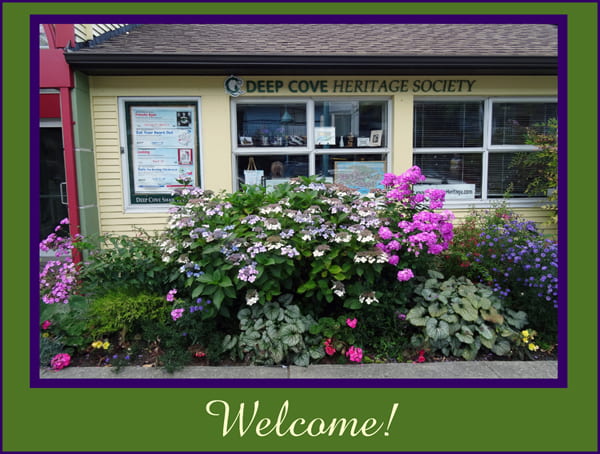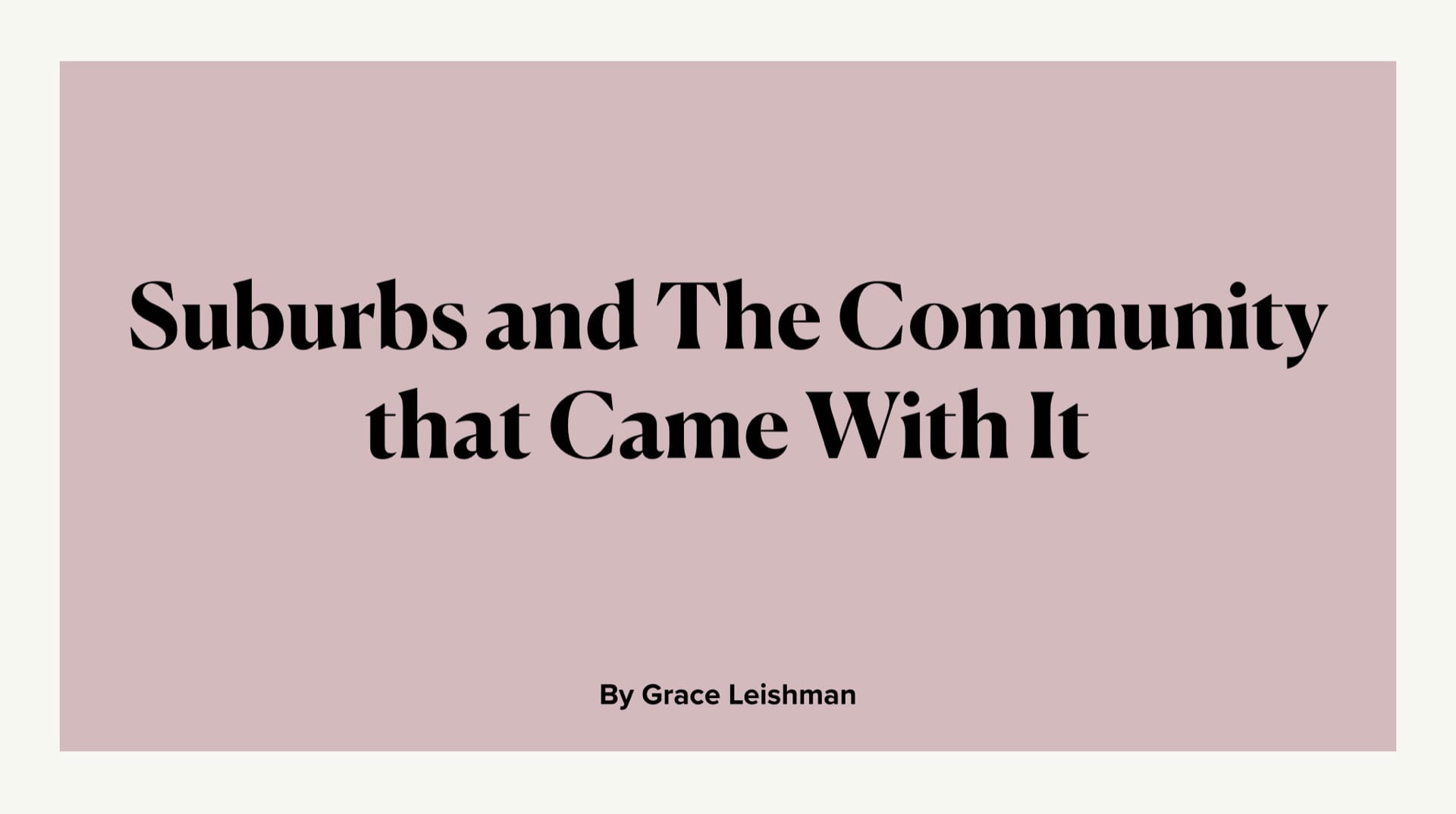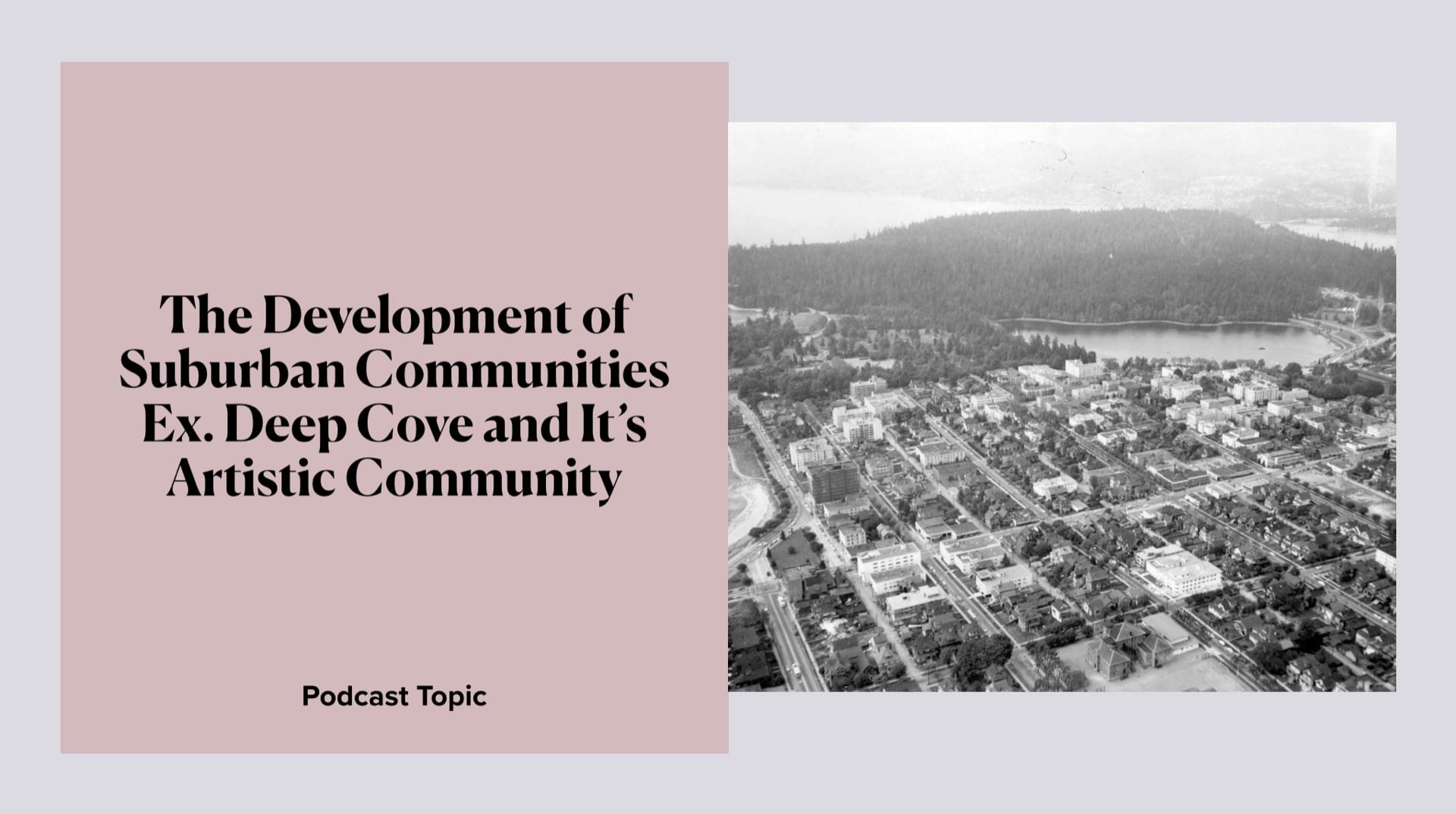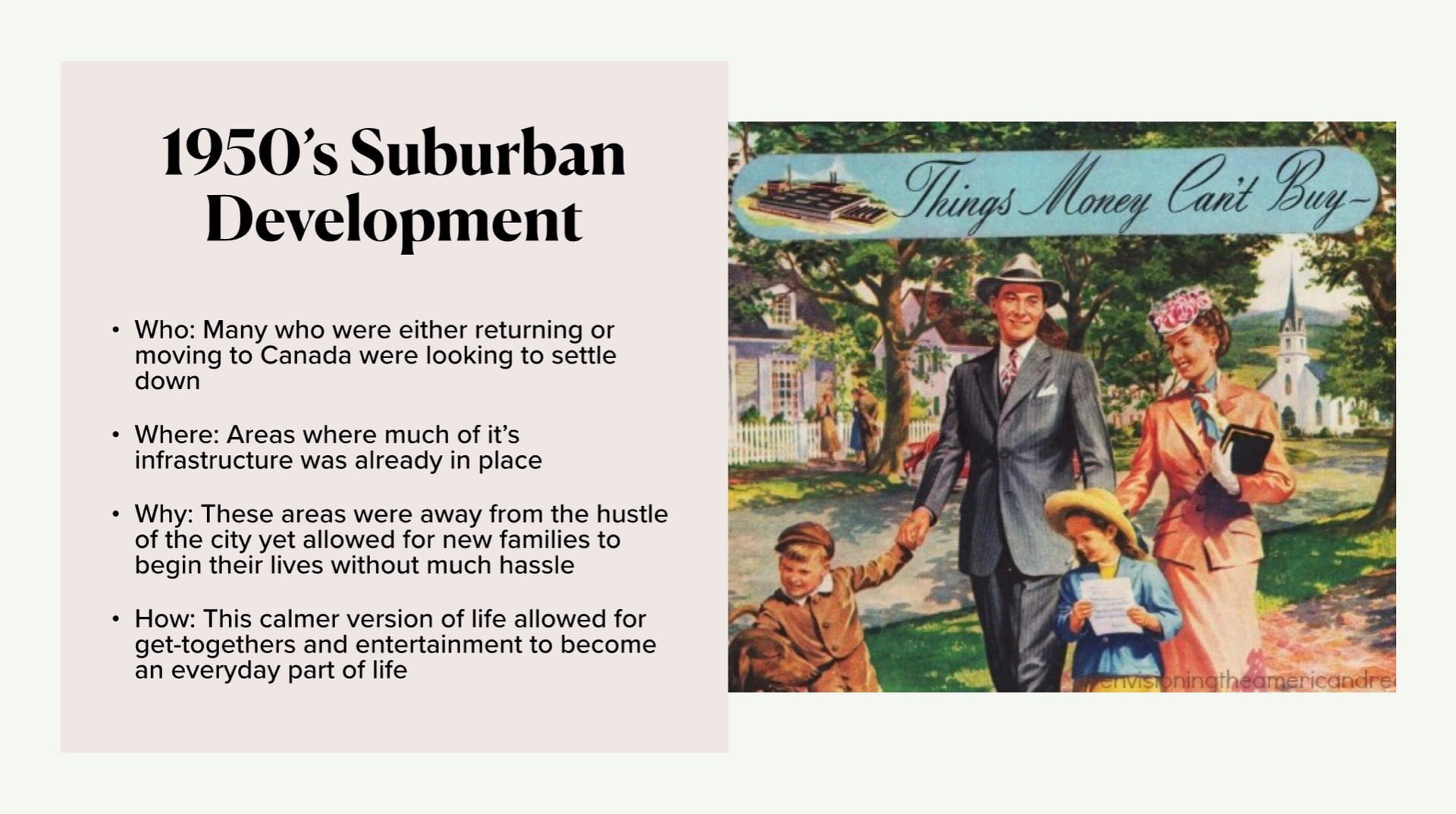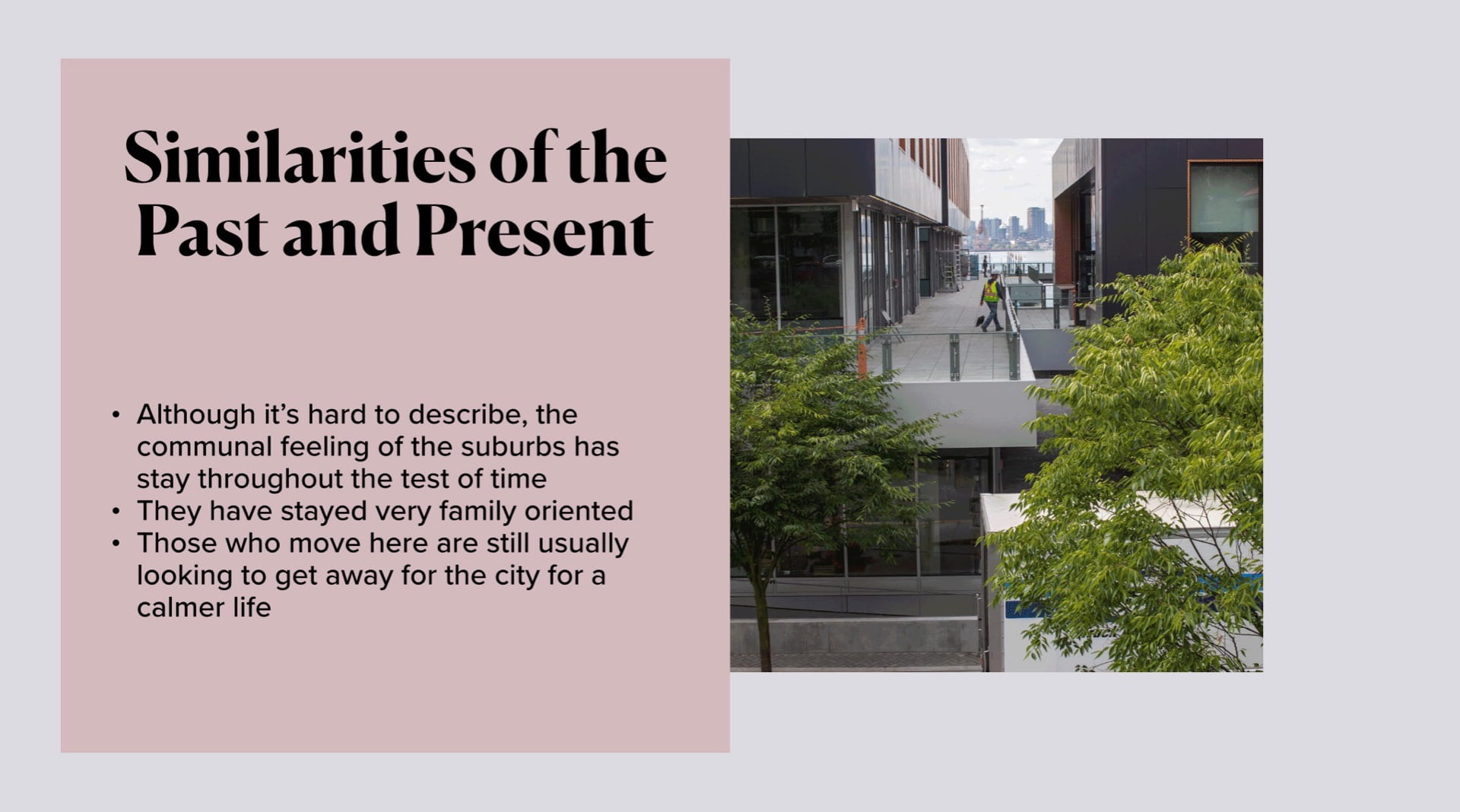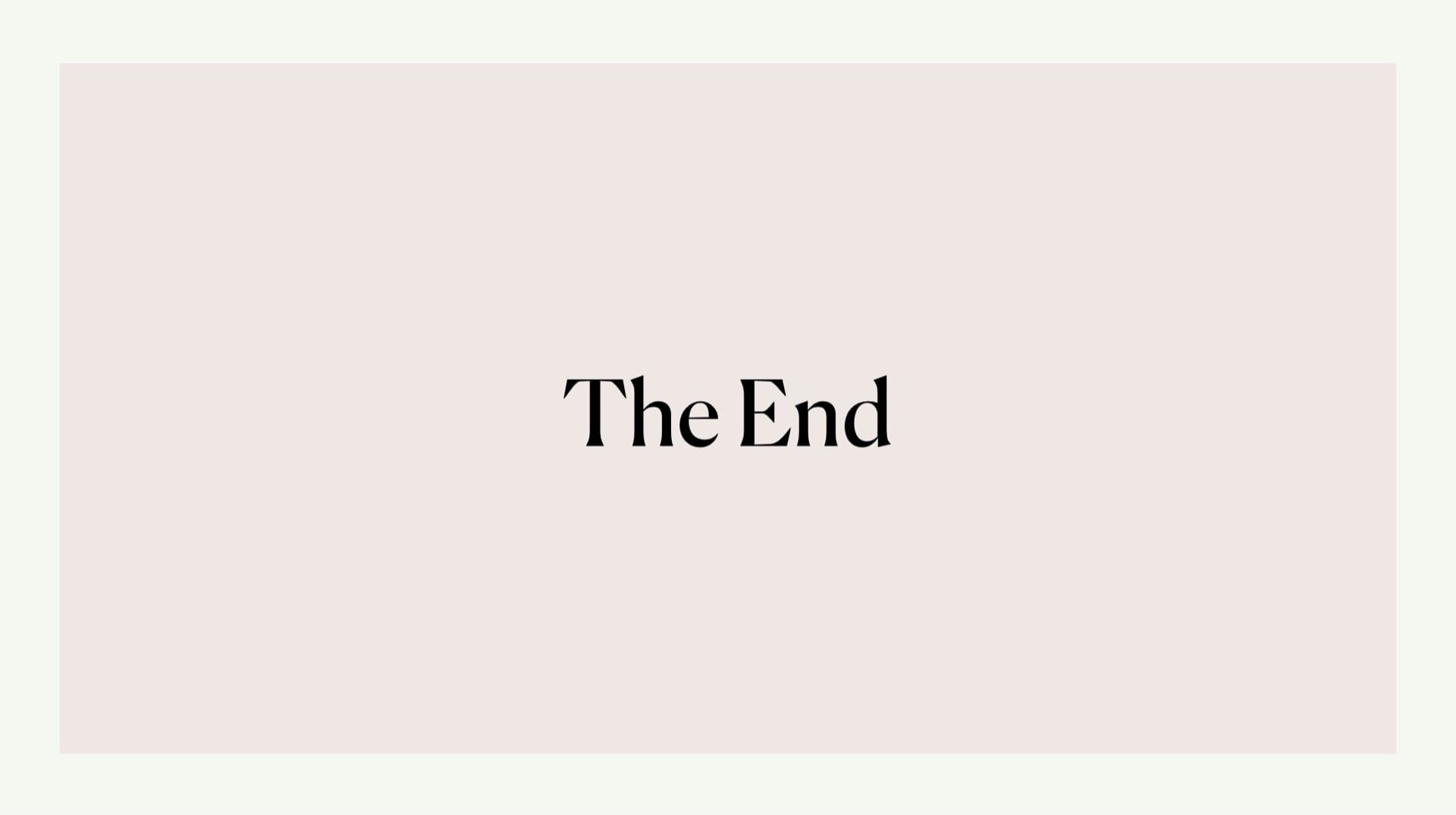Hey guys, it’s been a while since I did one of these posts wrapping up our most recent project but after the weeks of the smaller posts giving you a peek at what we’ve been doing, I’m finally here to reflect. Now, as you could have probably deciphered from the last few posts, our most recent project has focused on the 1950’s in Canada, with the driving question being:
“How did Canadian life develop after WWII?”
But, as with PLP, that only scratched the surface of what we would be doing in this project.
Although in this project we were doing all the usual stuff we do like learning about the subject matter and getting ready to create a podcast episode, we had another objective with this project. You see we had begun to work with the Deep Cove Heritage Society to conduct interviews with prominent Deep Cove residents about what the Cove was like way back when for their archives. This would then be used as a jumping off point for us to conduct more specific interviews with these residents for our podcast episodes which would look at how 1950’s Canada has changed or stayed the same to present day. Giving us our first competency: Continuity and Change.
Now, I ended up doing my archival interview with Asha on a fellow named Trevor Carolan, who had lived in the cove since 1989. Of course that may not seem like that would make him someone of interest for the Heritage Society since he had come in so late but in actuality he had had a major impact on many things in the cove as well as having many stories when it came to what the cove used to be like. Which brings me to my point in talking about this interview, you see, while talking to Mr.Carolan he made some great points about the heart of the cove and how even though the look and the people of the cove have changed over the years, the community aspect of it as well as the general feeling has still persisted. This was what got me to start to think about how these suburban communities have changed or stayed the same over the years which would push me in the direction of my eventual podcast topic. It was what truly got me to begin to properly use the Continuity and Change competency and to continue to improve my use of it throughout the project.
Which brings us to our next topic of discussion, the podcast purpose stepping stone and the research presentation that helped push me further to my conclusion. With this new found idea of the development of the suburbs in mind, it was time for us to begin working on our Milestone 3 which was a presentation on the continuity and change of a specific topic to help give clarity to our chosen podcast topic. The problem was, I didn’t have a solid idea of what I wanted to do my episode on, I mean the stuff I had learned for Trevor Carolan had helped however it wasn’t enough to form a concrete thesis statement. This activity ended up pushing me to gain the knowledge needed to both present on the topic at the hand as well as fully complete my podcast purpose.
This presentation also ended up being my main use for our other competency for this project: Discuss, Listen, Speak. As I mentioned beforehand, this was a presentation so each person had to present their keynote in front of the class and shared their learning. And as you can probably guess, that was truly a nightmare for me since I vehemently hate presenting, especially when I had taught myself the material I would be presenting just a couple days beforehand. This lead to an interesting mix of good and bad uses of the Discuss, Listen, Speak competency. I ended up being a fine listener, taking in the information from other’s presentations but when it came to my turn to present although most of my ideas were solid, I didn’t have a great time actually presenting. I hadn’t prepared a sort of script for myself beforehand to follow so I would know what order to present things so I ended up forgetting to explain things and having less than ideal presentation technique. However, on the bright side of things as the project went on, my understanding of both the general material as well as my specific material grew and in many class activities where we had to work as a team to discuss these themes I ended up bringing in some interesting angles and building off of what others had said.
However, even with all that, this project would not be considered finished if I hadn’t completed the podcast episode that all of these activities had lead up to to help me answer the driving question of this project. How did Canadian life develop after WWII? I ended up concluding that after WWII Canadian life had developed into a more family and community focused life. And although you may be able to see a bit of how I had come to this conclusion from what I have written above what I talk about in my episode allows me to do so much more justice to the statement.
